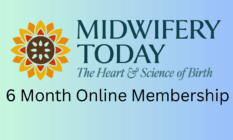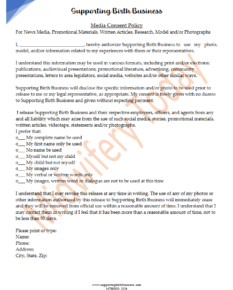
Photo by Cristina Gottardi
Media Reviews – Issue 147
Media Reviews – Issue 147 | Uterus: A New Perspective by Jessica M. Koren. 2016 – The Body Keeps The Score: Brain, Mind, and Body in the Healing of Trauma, by Bessel Van der Kolk – A Woman of Firsts: The Midwife Who Changed the World by Edna Adan Ismail Read more…. Media Reviews – Issue 147
































